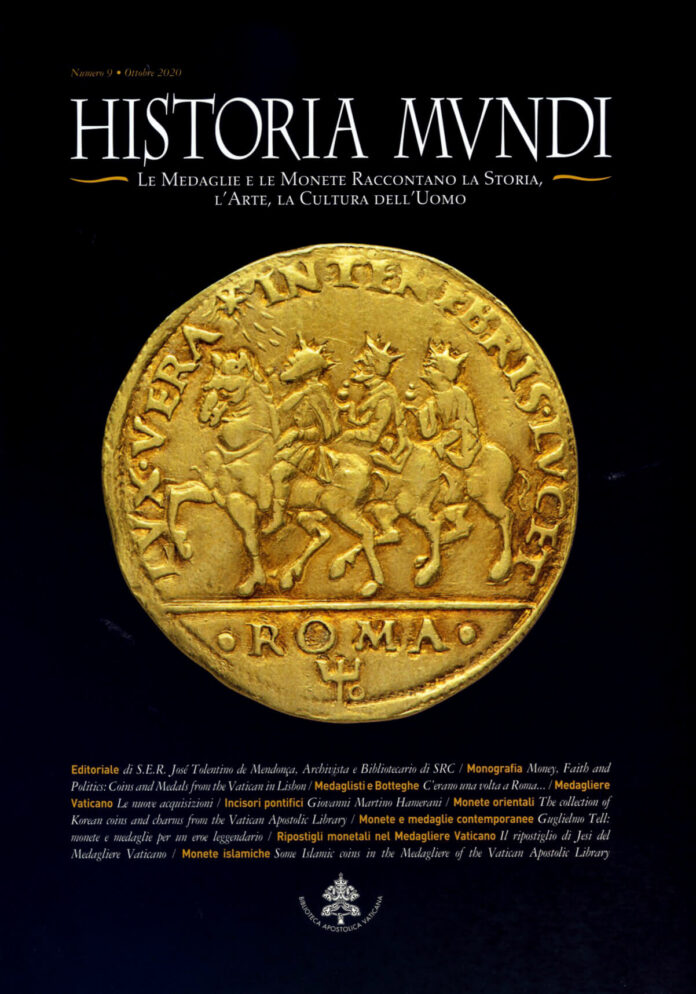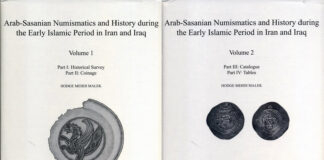
Yes, of course Historia Mundi is mainly about coins and medals that are somehow connected to the Vatican. However, this issue demonstrates once again that the Vatican coin cabinet reflects the history of the entire world: topics range from Portugal to Korea and Switzerland.
An Exhibition in Portugal
For everyone who isn’t that comfortable with the Italian language, it’s wonderful to see that the editors decided against translating the longest article from Portuguese into Italian, but provide an English translation instead. “Money, Faith and Politics: Coins and Medals from the Vatican in Lisbon” deals with the interesting connection between the Holy See and the Portuguese king. After all, the two world powers had maintained a close diplomatic relationship since Dom Manuel I, which led, among other things, to the Portuguese king – and his Spanish counterpart – being able to secure the support of the Catholic church for building their global empire for many years.
The Banco de Portugal focuses on this topic in its MoneyMuseum in Lisbon. It presents the exhibition by means of many objects and extensive commentaries.
Korea, Islamic Rarities and William Tell
Those interested in Korean numismatics cannot do without purchasing this issue of Historia Mundi. On about 50 pages, the magazine contains a catalogue of all pieces stored at the Vatican coin cabinet. There is also something for lovers of Islamic numismatics. David J. Wasserstein presents rarities of Islamic coinage from the Vatican’s collection. Both articles are written in English. The international collecting audience will certainly appreciate that.
Even though the article by Roberto Ganganelli on the image of William Tell on coins, medals and banknotes was written in Italian, this shouldn’t be a problem for a Swiss audience. After all, the country is proud of having as much as four official languages.
The Hoard of Iesi
Those who are rather interested in ancient coins, will be fascinated by the beautiful aurei of the last phase of the Roman Republic that came to the Vatican coin cabinet from the hoard of Iesi. Eleonora Giampiccolo uses written sources to reconstruct the negotiations that brought parts of the find into the coin cabinet.
Wonderful Medals and a Wonderful Layout
What else? As always, there are many interesting articles on papal medal art. And there’s one thing that always catches the eye of anyone who holds this publication in their hands: the entire project was realised by a designer with an excellent sense of aesthetics. And what is even more pleasing about it is that the person responsible also has a certain respect for visual habits of numismatists.
In other words: it’s fun to browse through this new issue – by now the ninth – of Historia Mundi.
You can order this and earlier volumes (with 50% off!) directly at the Biblioteca Apostolica Vaticana.
We introduced the new editor of Historia Mundi, Eleonora Giampiccolo, in a Who’s who.




